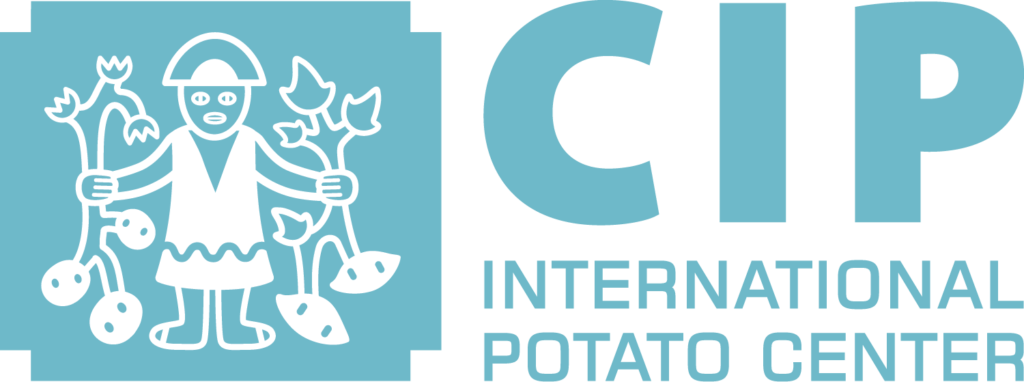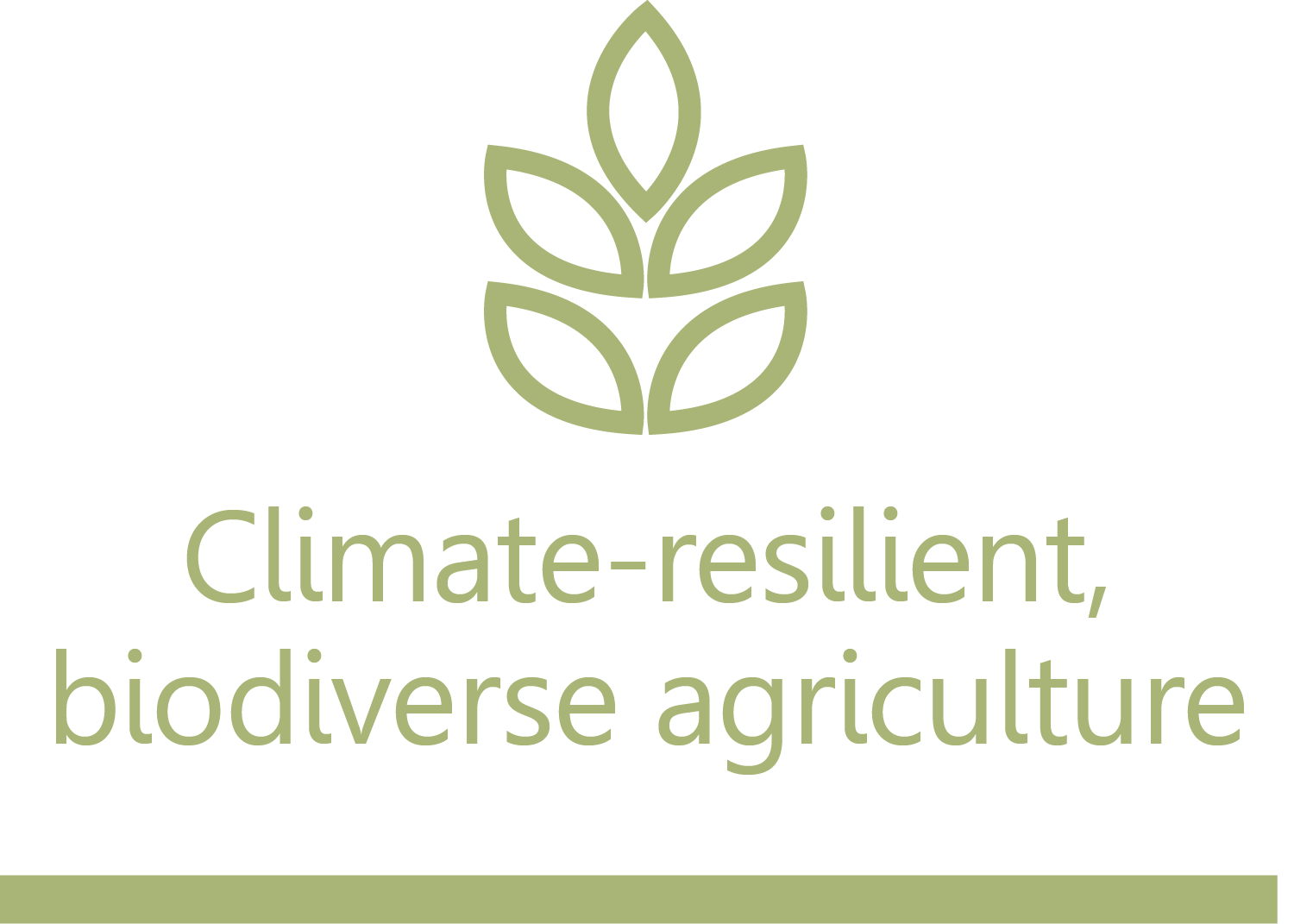Metas institucionales









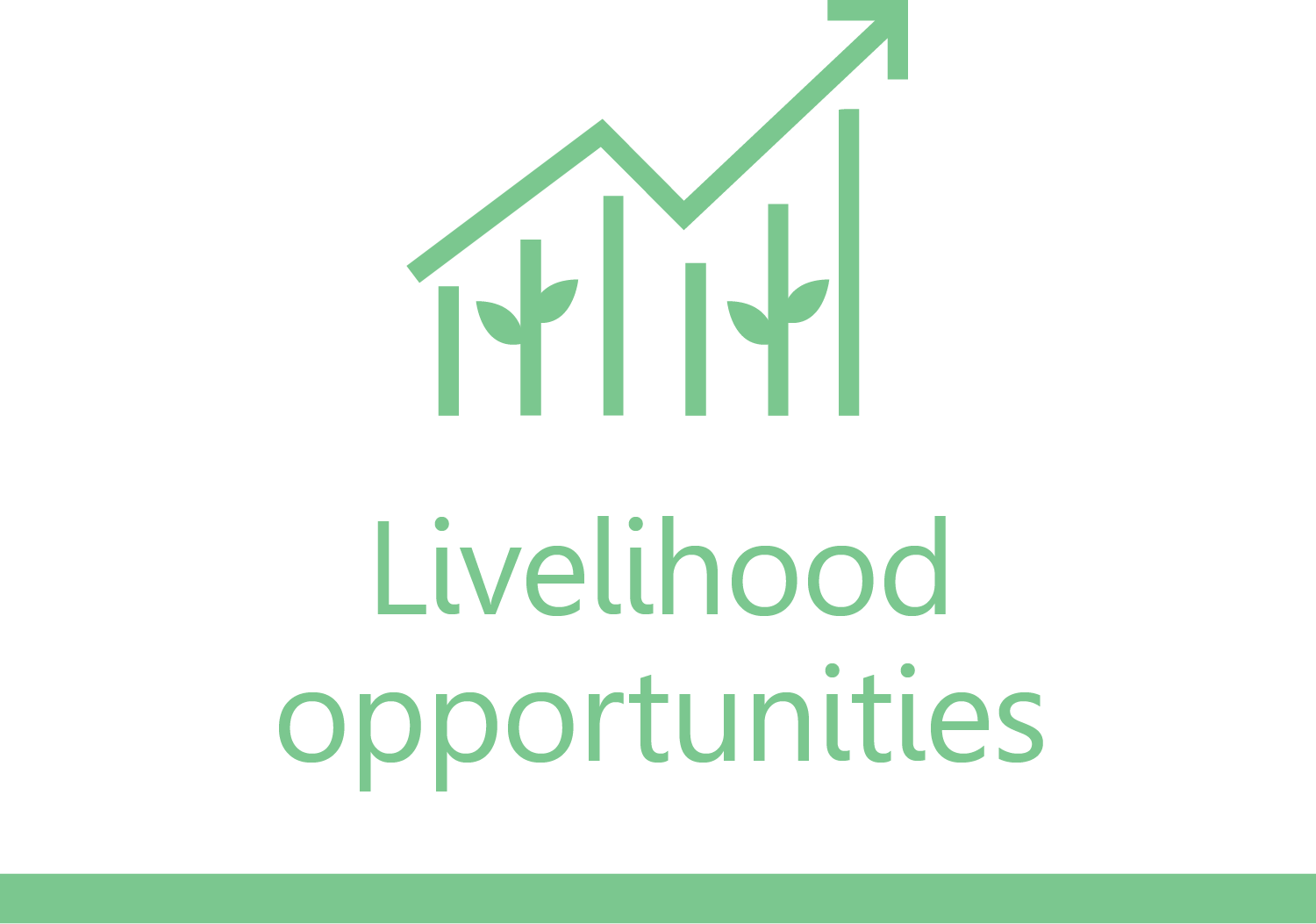
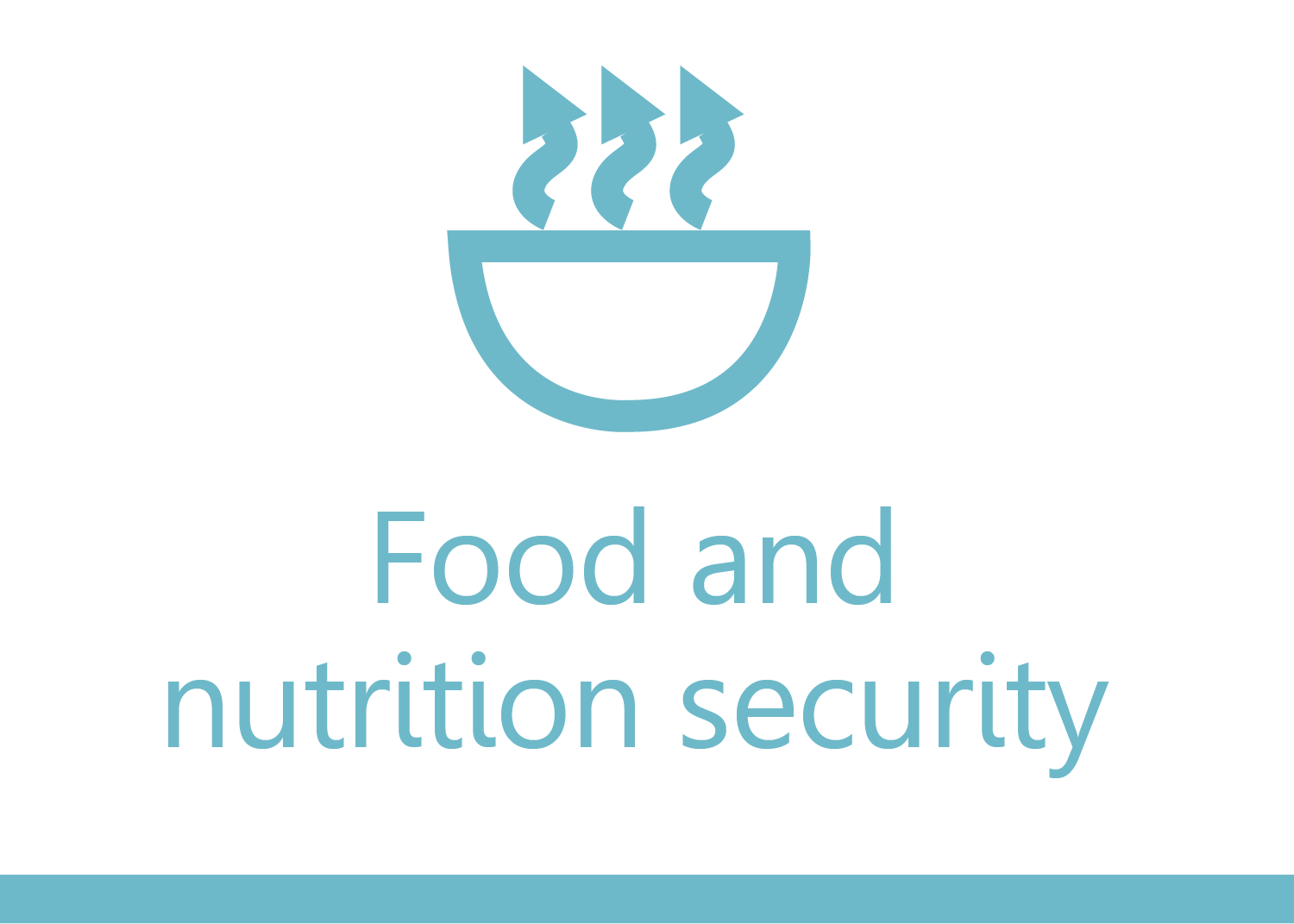


sweetpotato root contains enough
beta carotene to provide the daily
vitamin A needs of a preschool-aged
child. The crop is also a valuable
source of vitamins B, C, and E.

cheap animal feed. Studies suggest
that livestock fed on sweetpotato
vines produce less methane,
meaning its use could potentially
mitigate global warming.

produced globally each year, with
95% in developing countries

sixth most important food crop
after rice, wheat, potato, maize
and cassava, but it ranks fifth in
developing countries.

not a tuber like the potato.

altitudes from sea level to
2,500 meters above sea level,
and comes in varieties
ranging in color from white
to yellow, orange or purple.


the daily adult requirement
of vitamin C and significant
amounts of vitamin B, iron,
potassium and zinc.

producer, harvesting more
than 73 million tons of
potato a year

people worldwide
eat potato as a
staple food.

almost any climate, from
sea level to about 4,000
meters above sea level.

varieties of potato in CIP’s
genebank, half of them
can only be found in Peru.

important food crop
after rice and wheat and
produces more calories
per hectare than either
of those grains.

food per unit of water
than any other major crop.


sweetpotato root contains enough
beta carotene to provide the daily
vitamin A needs of a preschool-aged
child. The crop is also a valuable
source of vitamins B, C, and E.

cheap animal feed. Studies suggest
that livestock fed on sweetpotato
vines produce less methane,
meaning its use could potentially
mitigate global warming.

produced globally each year, with
95% in developing countries

sixth most important food crop
after rice, wheat, potato, maize
and cassava, but it ranks fifth in
developing countries.

not a tuber like the potato.

altitudes from sea level to
2,500 meters above sea level,
and comes in varieties
ranging in color from white
to yellow, orange or purple.


the daily adult requirement
of vitamin C and significant
amounts of vitamin B, iron,
potassium and zinc.

producer, harvesting more
than 73 million tons of
potato a year

people worldwide
eat potato as a
staple food.

almost any climate, from
sea level to about 4,000
meters above sea level.

varieties of potato in CIP’s
genebank, half of them
can only be found in Peru.

important food crop
after rice and wheat and
produces more calories
per hectare than either
of those grains.

food per unit of water
than any other major crop.
